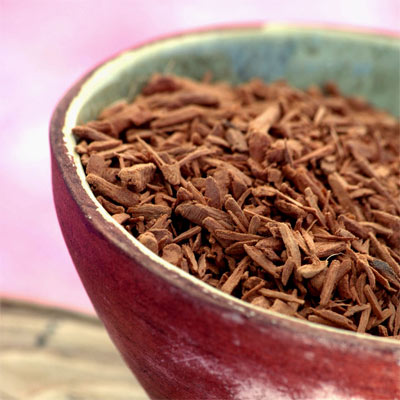|
|
SUPPORT: 1-877-287-4987
Monday to Friday: 10:00am - 05:00pm |
|
EMAIL: [email protected]
Everyday (24/7) |
-
A: Scented Oils
-
B: Scented Oils
-
C: Scented Oils
-
D - G: Scented Oils
-
H - L: Scented Oils
-
M - Q: Scented Oils
-
R - T: Scented Oils
-
U - Z: Scented Oils
Don't see something? Request it.
 Fragrance Family: Woody, Oriental
Fragrance Family: Woody, Oriental Botanical Name: Santalum Spicatum
Extraction Method: Steam Distilled
Origin: Australia
Sandalwood has a rich, balsamic, sweet fragrance with delicate wood notes that add to it's reputation as a luxurious and exquisite oil. Some thirty species of sandalwood occur throughout Asia, Australia and the Pacific region, six of which are native to Australia. This species is presently harvested in the Goldfields region of Western Australia, under strict controls. The evergreen is parasitic, burrowing its roots into nearby trees to gain sustenance for the first seven years, leaving the other to die. To produce oil this tree must be over 30 years old, preferably around 40-50 years when it has reached its peak for oil production.
Jasmine, Ylang Ylang, Rosewood, Patchouli, Vetiver, Rose, Vanilla, Clove Bud, Bergamot, Clary Sage, Black Pepper, Benzoin, Frankincense, Myrrh, Peppermint, Geranium, Coriander, Birch Tar, Agarwood CO2, Pink Pepper, Labdanum
Sandalwood Oil is used by aromatherapists to combat bronchitis, chapped and dry skin, depression, laryngitis, leucorrhea, oily skin, scars, sensitive skin, stress, and stretch marks. It also has historical applications as an aid in meditation for religious ceremonies. Sandalwood East Indian is believed to create an exotic, sensual mood with a reputation as an aphrodisiac. It also has extensive uses in the perfume industry as a fixative, and use in body care products for the fragrance it provides.
The documented use of Sandalwood goes back 4000 years to India, Egypt, Greece and Rome. Many temples and structures were built from Sandalwood and the Egyptians used it in embalming. This practice has steadily decreased to the point where Sandalwood East Indian is now only being used for the distillation of oil. The largest reason for this is the over-harvesting of the tree coupled with the 30 year period required for the regeneration.
Sandalwood Oil is considered non-toxic, non-irritant and non-sensitizing oil.






